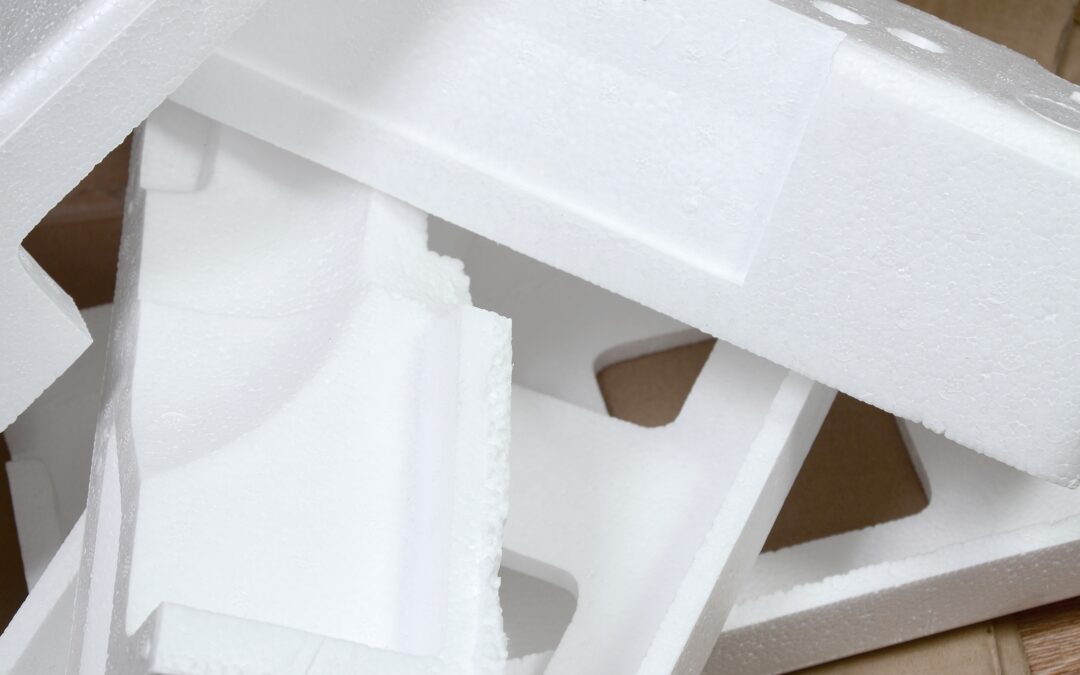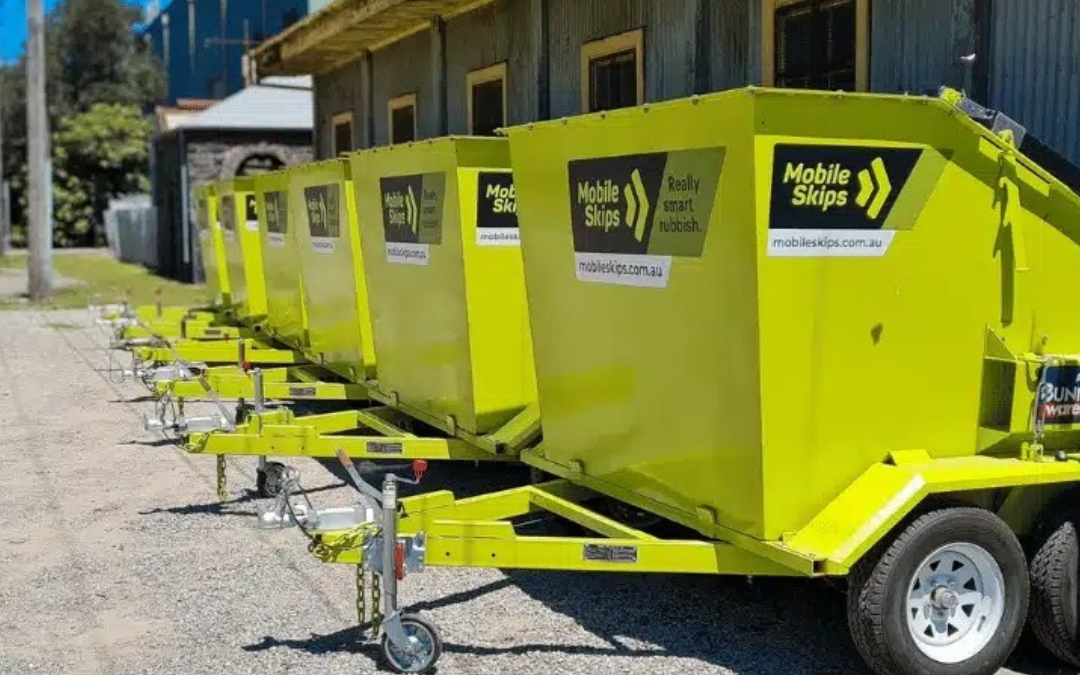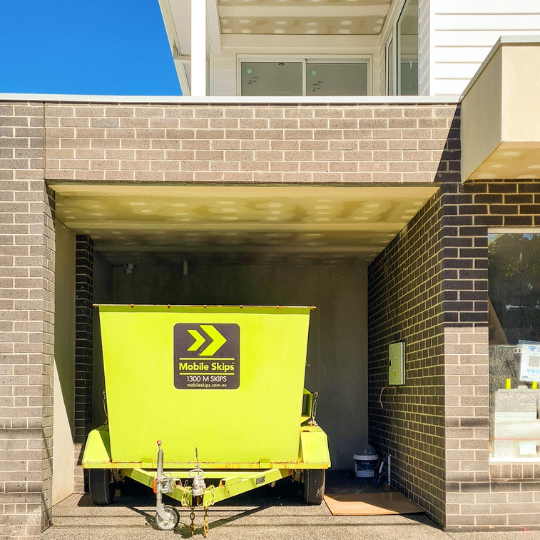Decluttering Your Home
Turning your home from a mess to a haven starts with decluttering. It’s not just about making space; it’s about creating a place that brings peace and happiness.
Why Declutter?
You’d be amazed at how decluttering can change your life. It’s not just about getting rid of stuff; it’s about making room for what really matters. Here’s what you get:
- Better Focus: Fewer distractions mean you can zero in on what’s important.
- Peace of Mind: A tidy space can calm your mind.
- Time Saver: Less clutter means less time cleaning and organizing.
- Save Money: Sell what you don’t need for extra cash and stop buying unnecessary stuff.
Want more reasons? Check out our decluttering and mental health article to see how a minimalist lifestyle can boost your mental health.
Eco-Friendly Decluttering
Decluttering with the planet in mind helps the environment and supports a sustainable lifestyle. Here’s how to do it:
- Thoughtful Donations: Give clothes, tools, and household items a second life by donating them to shelters and centers (ClimateSort).
- Creative Upcycling: Turn old items into cool decor or useful things for your home or as unique gifts.
- Responsible Recycling: Follow local guidelines to recycle properly and reduce your environmental footprint.
- DIY Products: Make your own beauty and cleaning products with natural ingredients to cut down on plastic waste (ClimateSort).
By adopting these eco-friendly habits, you’re not just simplifying your life but also helping the planet. For more tips, visit our guide on decluttering and recycling.
Combining the perks of decluttering with green practices means you not only create a minimalist wardrobe but also help make the world a cleaner place. It’s a win-win for you and the Earth. Ready to start? Check out our decluttering checklist for home to kick off this rewarding process.
Minimalist Wardrobe Essentials
Creating a minimalist wardrobe can seriously change your life, making your space and mornings way simpler. Let’s break down the must-haves for your minimalist wardrobe.
Building a Capsule Wardrobe
A capsule wardrobe is a small collection of timeless pieces you love to wear. By focusing on clothes that mix and match well, you get a functional wardrobe with less clutter.
Here’s a basic setup to kickstart your capsule wardrobe:
- Tops: 4-6 versatile tops in neutral colors
- Bottoms: 2-3 pairs of pants, including jeans and a classic pair of black trousers
- Layers: 2-3 layers, like a cardigan or blazer that can be dressed up or down
- Dresses and Jumpsuits: 1-2 options for an easy, all-in-one outfit
- Shoes: 3 pairs of shoes, including casual sneakers, a dressy option, and comfy everyday wear
These numbers aren’t set in stone. They’re just a guide to help you start decluttering and creating a minimalist wardrobe.
According to Oliver Charles, adopting a capsule wardrobe can boost your happiness, give you a sense of freedom, and bring peace of mind. It’s about cutting the mental and physical clutter that comes with having too many clothes.
Quality Over Quantity
For a minimalist wardrobe, quality beats quantity every time. This is the key to a sustainable and satisfying approach to fashion.
Pick pieces that make you feel confident and happy — every item in your closet should be something you’re excited to wear. This sets a positive tone for your day right from the start.
Minimalism isn’t just about having fewer items; it’s about having the right items that fit your values and lifestyle. As Oliver Charles points out, by letting go of the unnecessary and avoiding impulse buys, you’re setting yourself up for a more intentional and sustainable way of living. This mindset can benefit your mental health, finances, and even the environment.
Remember, decluttering your home and wardrobe isn’t just about making space; it’s about creating a lifestyle. For more tips on how to get started, check out our resources on decluttering and minimalism, home decluttering tips, and decluttering tips for beginners.
Decluttering Techniques
Turning your messy wardrobe into a neat, stylish collection doesn’t have to be a headache. With the right tricks, you can create a minimalist wardrobe that truly reflects your taste and lifestyle.
The Hanger Trick
One simple way to figure out what you actually wear is the Hanger Trick. Here’s the deal: hang all your clothes with the hangers facing the same way. When you wear something, put it back with the hanger flipped the other way. After six months, any hanger that hasn’t been flipped is a sign you don’t wear that item much. This trick gives you a clear picture of what you love and what you can let go of.
| Step | Action | What Happens |
|---|---|---|
| 1 | Hang clothes the same way | Hangers face one direction |
| 2 | Wear an item | Flip hanger when you put it back |
| 3 | Check after 6 months | Spot the less-worn clothes |
Want more on this? Check out MyIndyx’s guide for tips on sustainable decluttering.
Curating Your Wardrobe
Curating your wardrobe is all about being thoughtful. Every piece should make you feel good. Start by ditching anything stained, damaged, or just not your style anymore. Even your basics should fit your vibe.
To curate effectively, take everything out of your wardrobe and only put back what you love. This hands-on approach forces you to think about each piece. It’s a powerful step towards a minimalist wardrobe that truly represents you.
Having trouble letting go? Try this: move half your clothes to another space for a few weeks. You’ll probably find you only wear about 20% of your clothes 80% of the time. You might be surprised how much happier you are with fewer choices.
For more tips on curating and decluttering, check out Becoming Minimalist.
By using these techniques, you can make big strides towards a cleaner, more organized wardrobe. This not only makes getting dressed easier but also fits with a minimalist lifestyle, which can boost your mental well-being and save you money. For more decluttering strategies, check out our guides on decluttering and organizing and decluttering tips for beginners.
Environmental Impact of Decluttering
Clearing out your home can bring peace and order, but it also packs a punch for the planet. When you’re ready to let go of stuff that’s just gathering dust, think about the greenest way to do it.
Donating vs. Reselling Clothes
Choosing between donating and reselling your clothes can make a big difference. Donating to local charities, shelters, or community centers helps those in need and cuts down on waste. But remember, only donate items in good shape. Charities often get swamped with unusable stuff, which can end up overseas, messing with local economies and adding to the trash pile (MyIndyx).
Reselling, on the other hand, gives your clothes a second life and supports a circular economy. Selling your pre-loved items can put some cash back in your pocket and encourage others to buy second-hand, reducing the need for new clothes.
Here’s a quick look at the pros and cons:
| Action | Environmental Impact | Financial Gain | Social Benefit |
|---|---|---|---|
| Donating | Cuts waste, helps local folks | None | High |
| Reselling | Extends life of clothes, lowers production | Some | Moderate |
Need more tips? Check out our guide on decluttering and donating.
Cutting Down on Fashion Waste
Fashion waste is a big problem, but you can help by decluttering your wardrobe the right way. Here are some tips:
- Upcycling: Turn old clothes into something new. An old shirt can become a cleaning rag, or a dress can be transformed into a cushion cover. Upcycled items make great gifts or can be sold (ClimateSort).
- Repairing: Fix small issues like loose buttons or hems to keep clothes out of the landfill.
- Eco-Friendly Disposal: When clothes are beyond saving, look for recycling programs or compost natural fibers.
Want to declutter without adding to the landfill? Check out our resources on decluttering and recycling and decluttering and upcycling.
Decluttering isn’t just about making space at home; it’s about making smart choices for the planet. By donating wisely, reselling, upcycling, and repairing, you can shrink your environmental footprint and still enjoy a tidy wardrobe. For more tips on sustainable decluttering, explore our decluttering and organizing services.
Minimalism and Well-Being
Living with less, especially when it comes to your wardrobe, can do wonders for your mind and wallet.
Mental Health Perks
Cutting down on stuff can seriously boost your mental health. By getting rid of excess and tidying up, you invite peace and clarity into your life. A clean space can make you feel better overall. According to Forbes, a clutter-free home can lower stress and anxiety, lifting your mood over time. Many women have found that a neat and organized home helps reduce feelings of depression.
Minimalism can also sharpen your focus and boost productivity. With fewer distractions, you can zero in on what really matters. If you’re looking to declutter your home, including your wardrobe, check out our handy decluttering checklist for home to get started.
Financial Wins
On the money side, decluttering and creating a minimalist wardrobe can lead to financial freedom. By being mindful of what you buy, you learn to tell the difference between what you need and what you want. This helps you make smarter financial choices, giving you a sense of security and freedom. It’s not just about spending less; it’s about making room for what truly matters.
Minimalism shifts your focus from buying stuff to enjoying experiences and personal growth. It curbs the urge to splurge on things you don’t need, helping you save money. For more tips on managing your finances while going minimalist, check out our article on decluttering and financial well-being.
Plus, minimalism can help you feel less lonely by encouraging you to spend more time and energy on relationships. Instead of buying more clothes, you might find yourself making more memories with loved ones.
Living with less in your wardrobe and home can be a game-changer for your mental health and finances. Remember, minimalism isn’t about giving up things; it’s about finding joy and freedom in what truly matters. For more tips on adopting a minimalist mindset, explore our resources on decluttering and mindfulness and minimalist home decluttering.
Organizing Your Wardrobe
So, you’ve finally trimmed down your closet to just the essentials. Now what? Time to get that wardrobe in shape so it stays neat and makes your life easier. Here’s how to keep your closet looking sharp and functional.
Closet Organization Tips
A tidy closet starts with giving everything a home. Sort your clothes by type (like tops, bottoms, dresses), by occasion (work, casual, special events), or even by color. This way, you can easily find what you need and avoid buying duplicates.
Try these tricks:
- Hang clothes by category, then by color within each category. It makes scanning your wardrobe a breeze.
- Use shelf dividers to keep folded clothes in check and to create zones for different items.
- Get some good hangers that are all the same size and shape. It gives your closet a uniform look and keeps clothes from slipping off.
- Store out-of-season clothes somewhere else to free up space. Vacuum bags or under-bed storage work great for this.
For more tips on decluttering your home, check out our guide on decluttering your home.
Keeping a Minimalist Closet
Keeping your closet minimalist is a continuous job. Every season, take a look at your wardrobe and remove anything that doesn’t fit your style or life anymore. Here are some habits to help you stay on track:
- One-in-one-out rule: Buy something new? Get rid of something old.
- Use Rita’s Minimalist Wardrobe Decluttering Checklist to quickly decide what stays and what goes.
- Use drawer dividers or hanging organizers to maximize space and keep things easy to find.
- Shop mindfully. Think about how each new piece fits with what you already have before buying.
By following these tips, you’ll enjoy a clutter-free space that mirrors your minimalist lifestyle. Your daily choices will be easier, and you’ll create a peaceful environment that boosts your mental well-being and saves you money.






